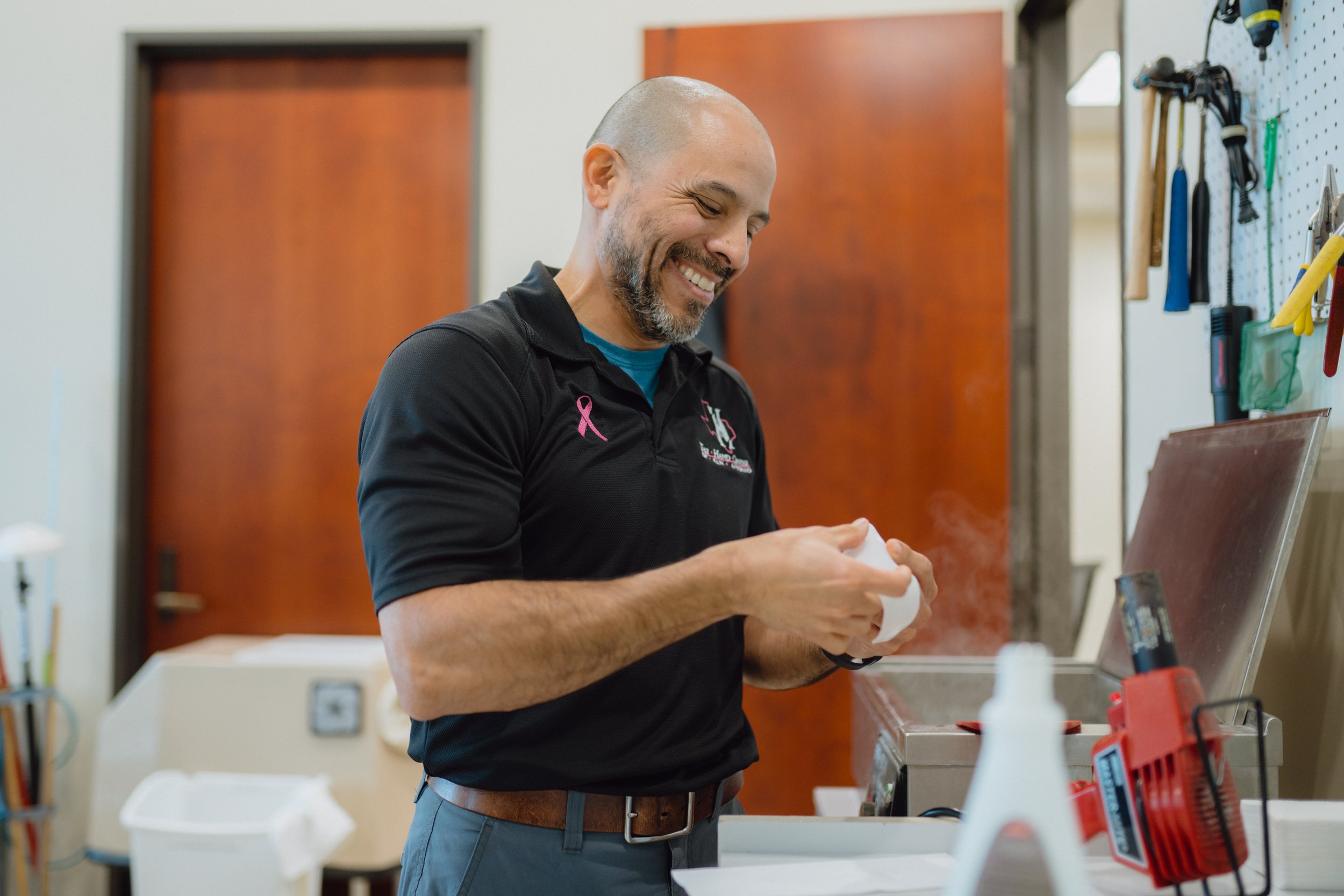
Shoulder Fracture Experts in San Antonio
What Is a Shoulder Fracture?
A shoulder fracture refers to a break or crack in one of the bones that make up the shoulder joint. The shoulder is a complex structure, and it consists of three main bones: the clavicle, the scapula, and the humerus. Any of these bones can be fractured, with the most common injuries being a broken collarbone or a fractured upper arm bone near the shoulder. Shoulder fractures can range from minor hairline cracks to more severe, displaced fractures that require surgical intervention. Because the shoulder plays a crucial role in mobility and daily activities, even a minor fracture can significantly impact one’s ability to move the arm and perform routine tasks.
Common symptoms of shoulder fractures:
Shoulder Pain
Decreased Range of Motion
Swelling
Deformity or Visible Bump
Numbness or Tingling
Weakness
common causes of shoulder fractures:
Shoulder fractures most often occur due to trauma or high-impact events. The most common causes include:
Falls
Sports Injuries
Motor Vehicle Accidents
Repetitive Stress
Osteoporosis
If you notice any of these symptoms, it's crucial to consult with a shoulder specialist promptly. Early diagnosis and treatment can be instrumental in preventing further damage to the labrum and minimizing long-term complications.
Types of Shoulder Fractures
-
Clavicle Fracture
The clavicle, or collarbone, is one of the most commonly fractured bones in the body. It connects the arm to the body and sits between the sternum and the scapula. Collarbones are easily broken due to their position and relative vulnerability, especially when exposed to direct impact or trauma.
-
Scapula Fracture
The scapula, or shoulder blade, is a large, triangular bone that forms the back portion of the shoulder joint. While less common, scapula fractures can be severe and are often associated with high-impact trauma due to the bone's relative strength and the protective muscles surrounding it.
-
Proximal Humerus Fracture
The proximal humerus is the upper part of the arm bone that connects to the shoulder joint. This type of fracture is particularly common in older adults, especially those with weakened bones due to conditions like osteoporosis. The fracture typically occurs near the "ball" of the shoulder joint, which helps form the shoulder ball-and-socket structure.
Treatment Options for shoulder fractures:
Nonsurgical Treatment
Here are the treatment options for shoulder fractures, which depend on the type and severity of the fracture:
Rest and Immobilization: A sling or brace keeps the shoulder stable while it heals.
Pain Management: Over-the-counter pain relievers like ibuprofen or acetaminophen can help manage pain.
Ice Therapy: Applying ice reduces swelling and pain in the initial stages.
Physical Therapy: Exercises to restore strength and flexibility once healing begins.
surgical treatment
For severe shoulder fractures, surgery may be required. This could involve closed reduction, open reduction and internal fixation or shoulder replacement. In complex cases, external fixation may be used to stabilize the bones with an external frame.
Why Choose The Hand and Upper Extremity Center of San Antonio for shoulder fracture Treatment?
At The Hand and Upper Extremity Center of San Antonio, we provide specialized care for shoulder fractures, with a team dedicated to helping you recover fully. Our physicians bring over 100 years of combined experience, with expertise in shoulder injuries across multiple training backgrounds. In addition to your surgeon, you may work with our skilled orthopaedic fellows, who have advanced training in shoulder care. Our team also includes compassionate front desk staff, medical assistants, x-ray technicians, and cast technicians, all focused on ensuring your comfort and the best possible outcome throughout your treatment journey.






Meet Our Physicians
-

David P. Green, M.D.
-

Mark Bagg, M.D.
-

David W. Person, M.D., F.A.C.S.
-

Ramesh C. Srinivasan, M.D.
-

Kunj Desai, M.D., F.A.C.S.
OTHER Shoulder RELATED ISSUES WE CAN HELP WITH
check out our latest blog posts regarding Shoulder Injuries
Did you know we offer in-house therapy?
Hand therapy is a merging of occupational and physical therapy theory and practice that combines comprehensive knowledge of the structure of the upper limb with function and activity. Using specialized skills in assessment, planning and treatment, hand therapists provide therapeutic interventions to prevent dysfunction, restore function and/or reverse the progression of pathology of the upper limb in order to enhance an individual’s ability to execute tasks and to participate fully in life situations.










